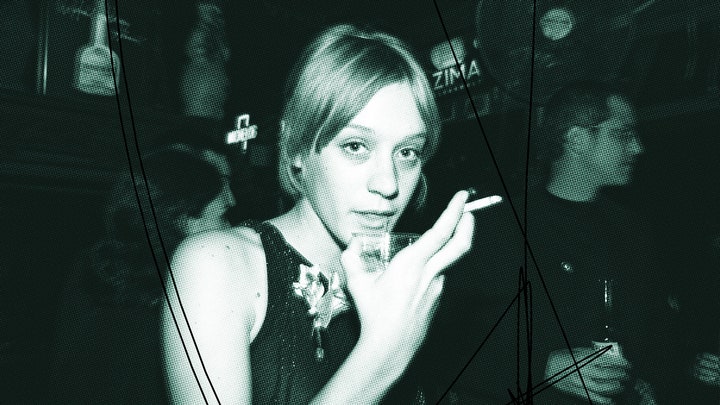This is an edition of the newsletter Pulling Weeds With Chris Black, in which the columnist weighs in on hot topics in culture. Sign up here to get it in your inbox every Thursday.
When I was growing up, “cool” was everything. The musicians, actors, writers, and talking heads we idolized and tried to imitate were outspoken, often on drugs, and sometimes straight-up bad people. I recognize that it was a simpler time before social media and stan culture. People of note could do as they pleased without much risk of blowback—but now, in our sanitized world, cool has become almost meaningless. Playing it safe is the top priority for some of our most prominent and influential artists.
Lately, my friend Lauren Sherman has been chronicling the discussion around the baffling outfits of Taylor Swift and her BFF Blake Lively in her Puck newsletter Line Sheet. Swift has never been a fashion icon. Not working with major designers is unheard of for someone of her stature. But I agree with the prevailing theory, advanced by Sherman and many others, that it is all done intentionally. Ultra high fashion and advanced-stylist-collab looks signify wealth and interfere with the illusion that the wearer is Just Like Us, stepping out each day in whatever’s clean and close at hand. And for an artist like Swift, that can’t happen. In the ecosystem of modern fame, the goal is to seem relatable and “real” no matter how rich and famous you get. To present as the same humble, approachable person you were before you started selling out stadium tours or doing big numbers on opening weekend. This August, Swift recalled her state of mind while writing the Folklore album during COVID, describing herself as “a lonely millennial woman covered in cat hair in the house, drinking a lot of white wine.” And maybe that’s exactly how it was, back then—but she was onstage playing her eighth Eras tour show at Wembley Stadium when she said it.
It seems unrealistic, but it seems to be working quite well. Swift is just one very obvious example. The major difference between fame as it existed once upon a time and the version of it that exists today is that the star has all the power. Ultimately, they control their channels, which have a gigantic reach and no editorial voice or standards save their own. They can post a scripted TikTok video where they have final cut privileges and reach a rapt audience. Thanks to the domination of influencers, fans just want (and demand) access, whether performative or not. After the initial discovery, I don’t think they care about style or sense of humor. Of course, GQ, The New Yorker, Gentlewoman, and Fantastic Man still do deep-dive longer profiles, but even if subconsciously, are they getting the same honesty that existed before cool died and social media was the bottom line? Growth isn’t the goal once you reach the top of the heap. Maintaining that level of fame and success is the goal.
Cool means different things to different people, but to me, it’s about authenticity—which is very different from “relatability.” People who make great art that moves the masses are not like you and I. They have a point of view, laser focus, a pinch of delusion, and a level of execution that is required to make something great and be able to sell it. Being guarded, playing it safe, and always being concerned with controlling the narrative just isn’t compelling anymore. Charli XCX is thriving because she is truly herself, Oasis is going to have the biggest tour next year because they have never stopped being total pricks in the public eye, and Chappell Roan’s streams continue to skyrocket even though she’s stared down her front-facing camera and told her fans in no uncertain terms that she owes them nothing. The light is peeking through the cracks—hopefully, cool is back.

